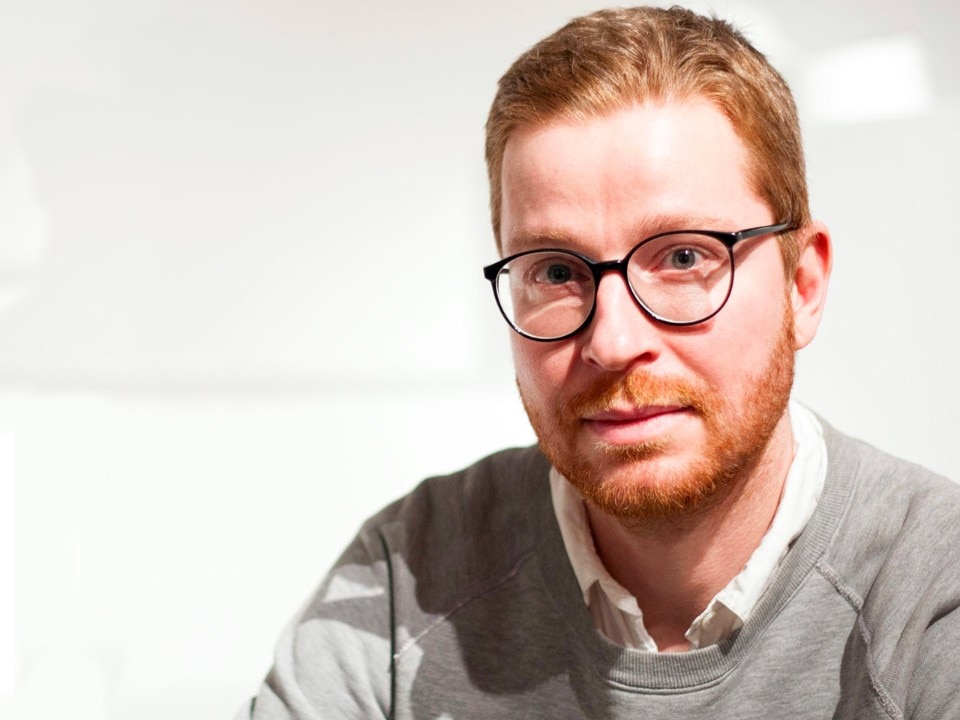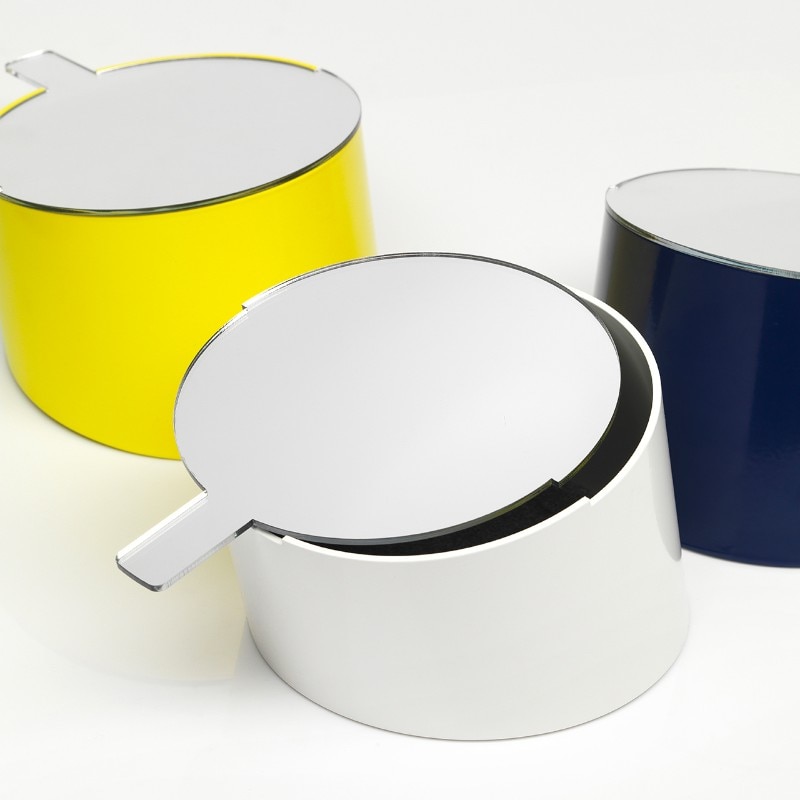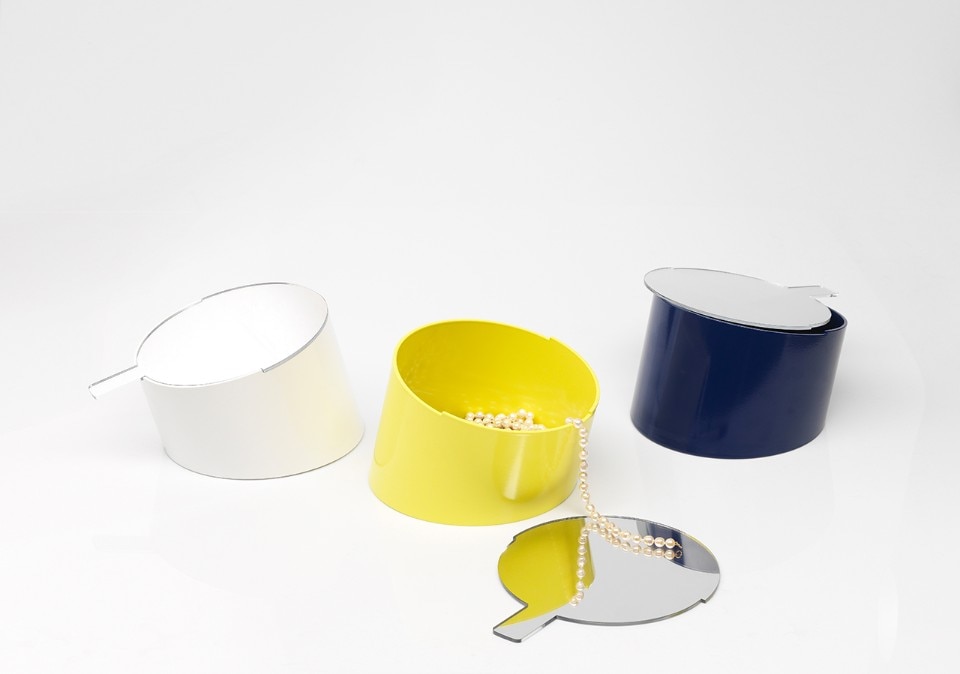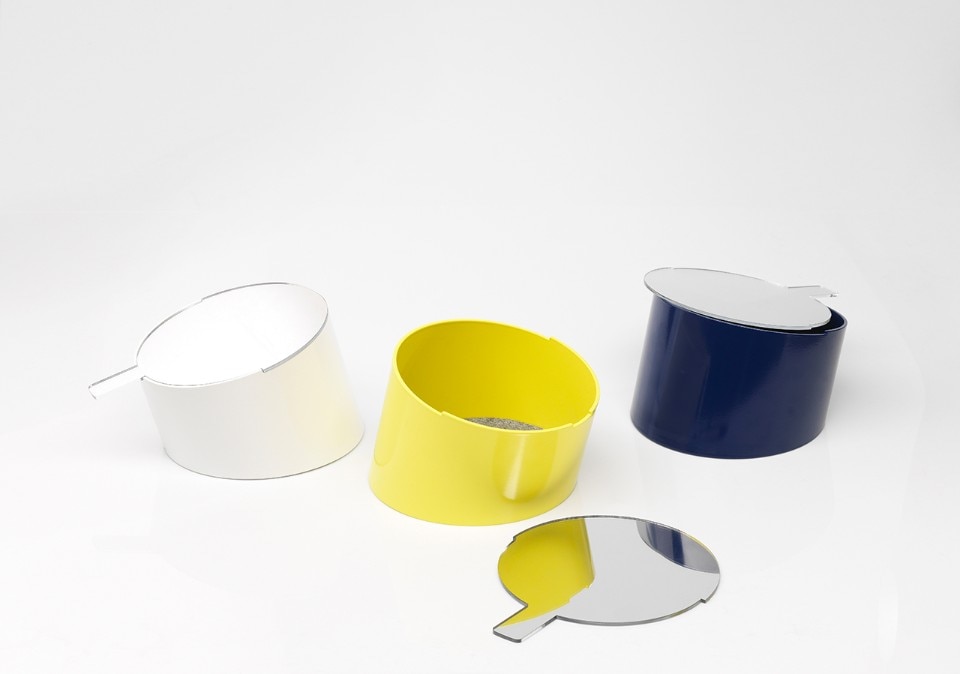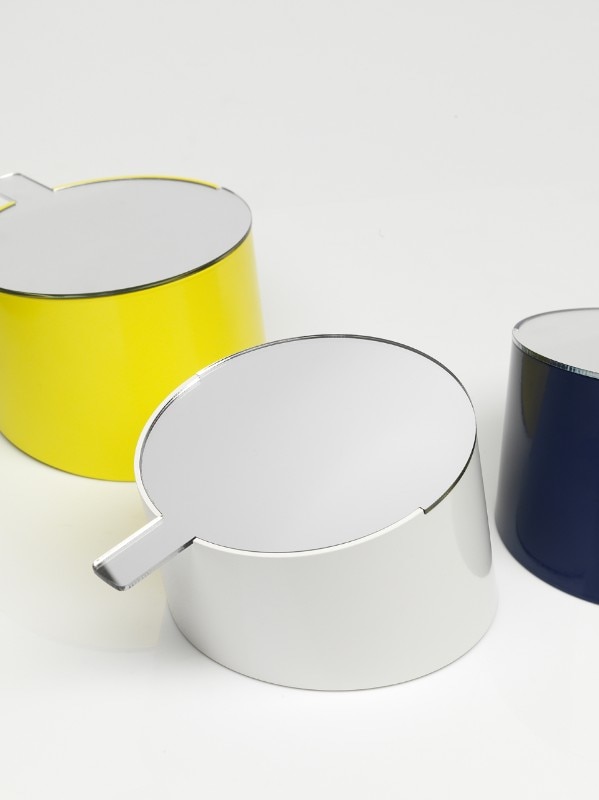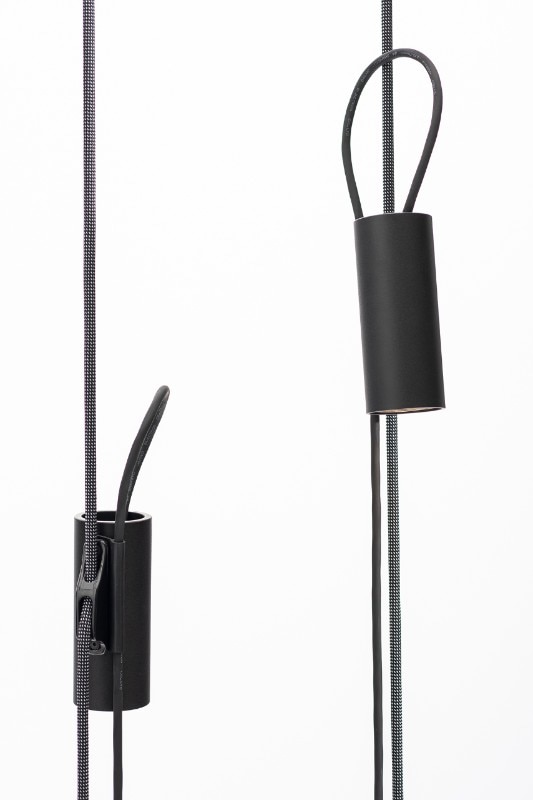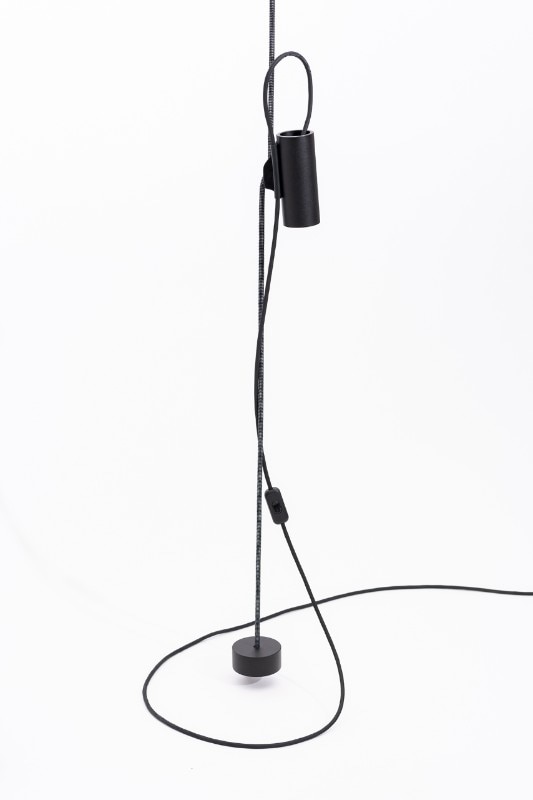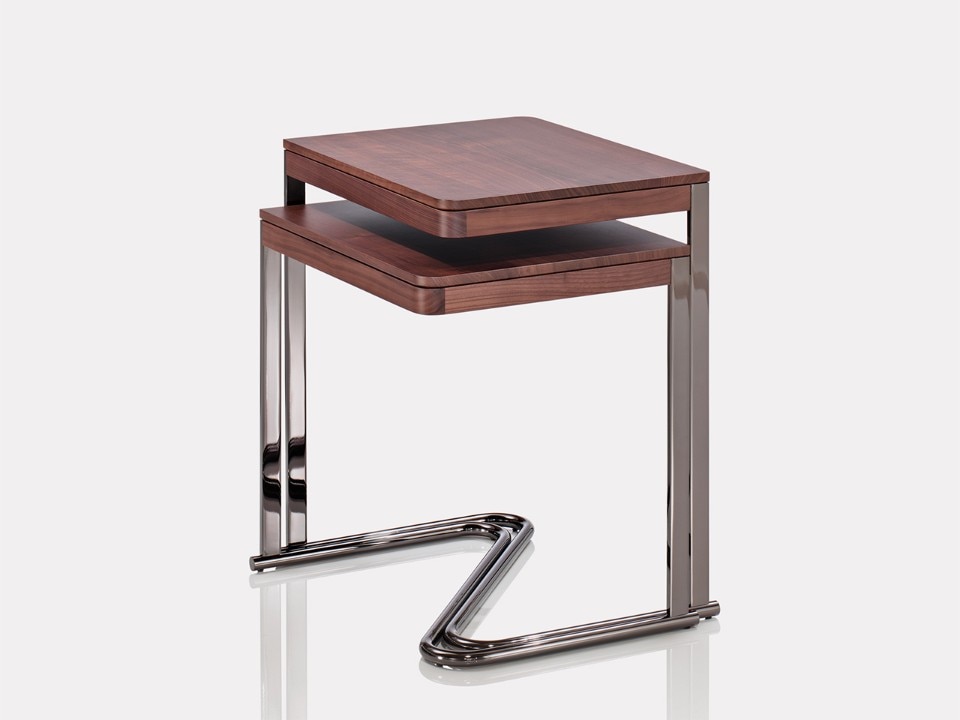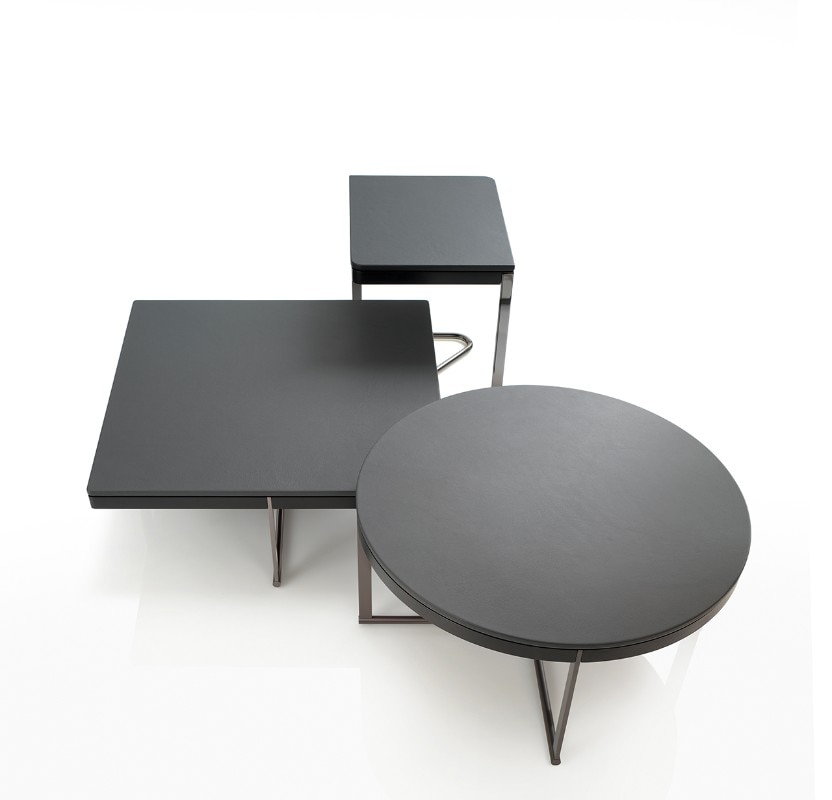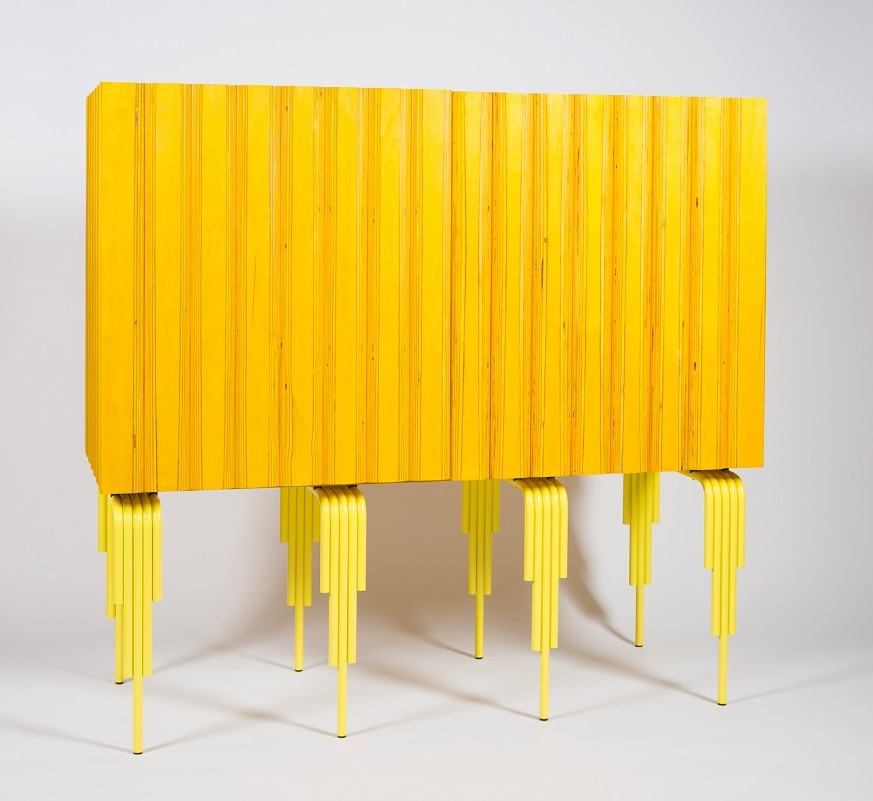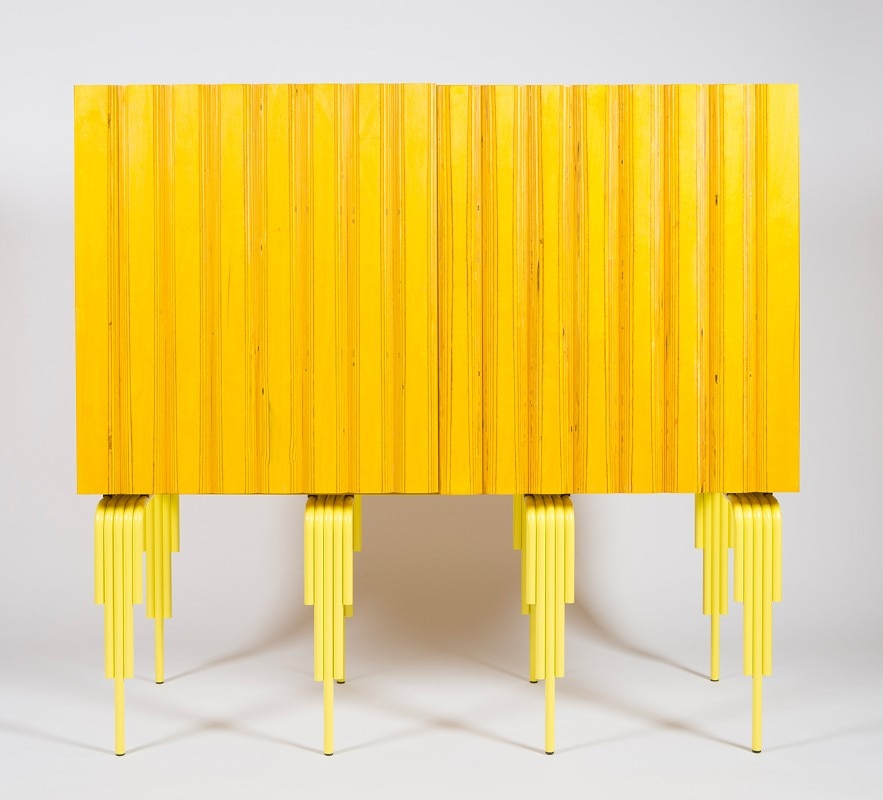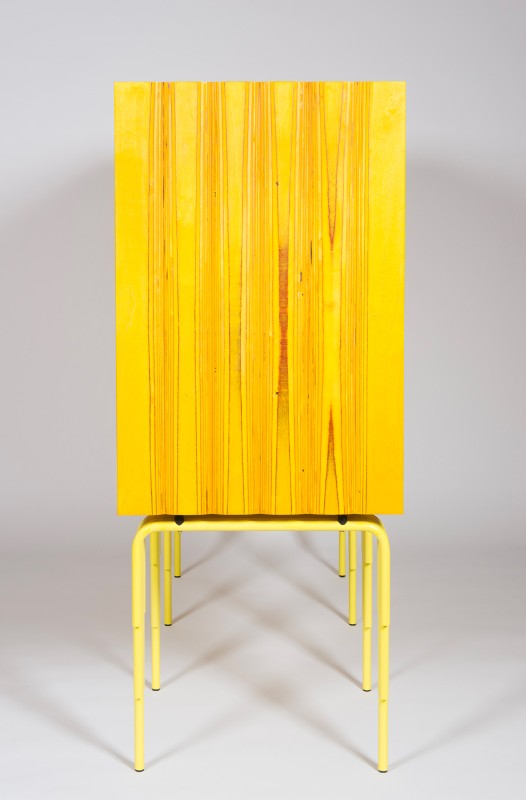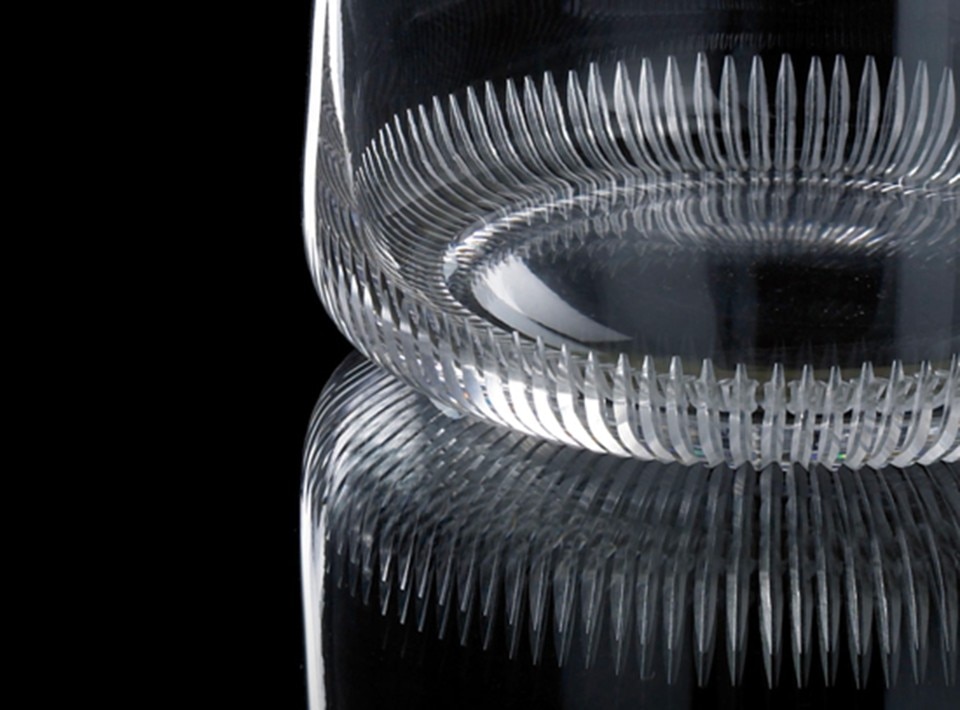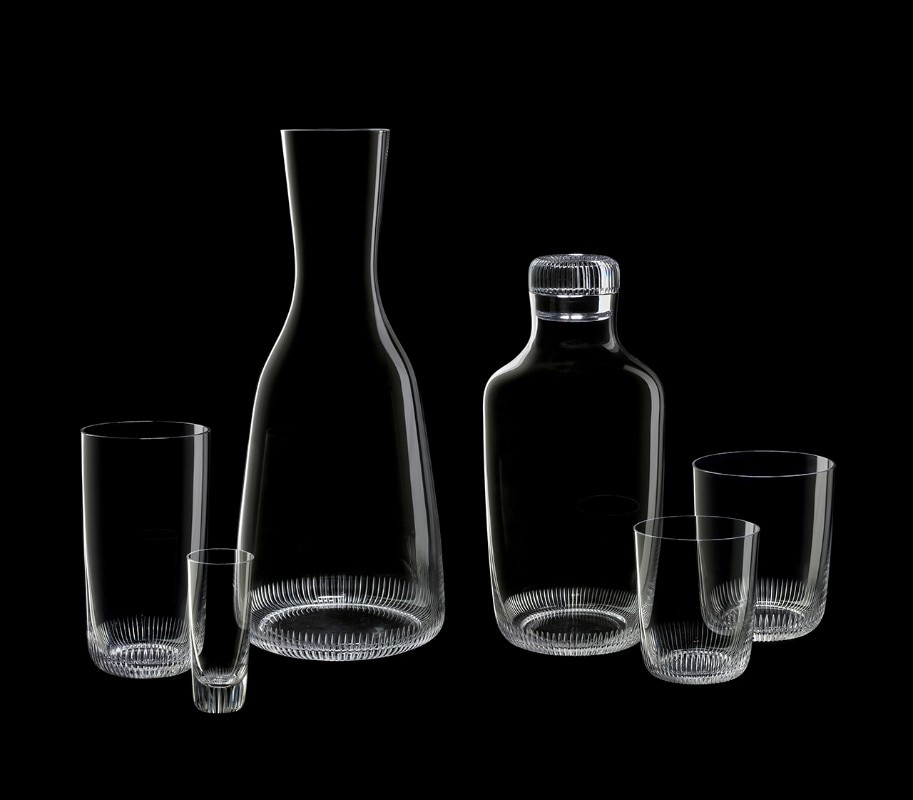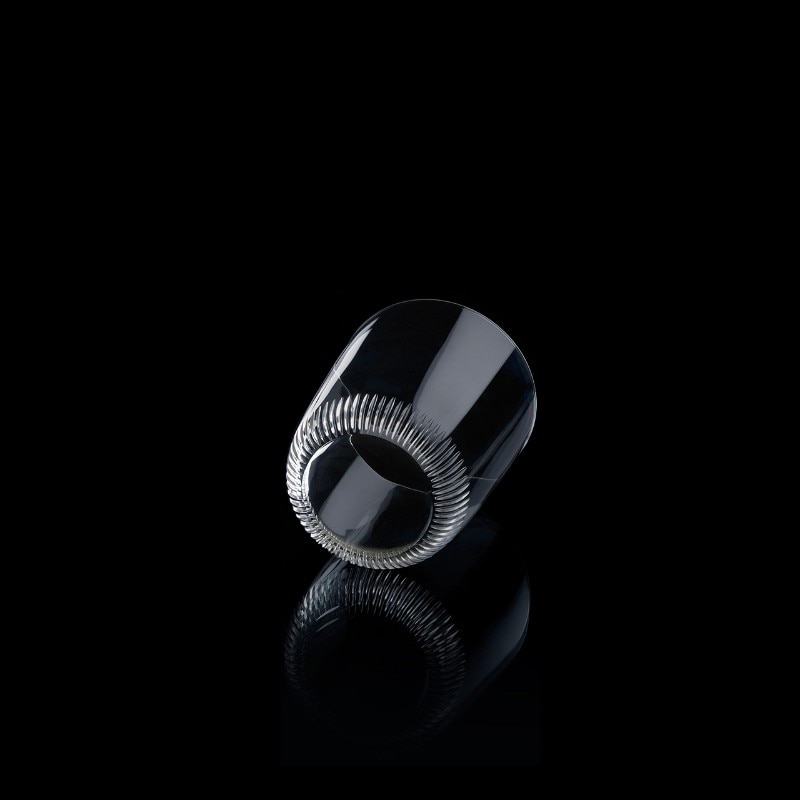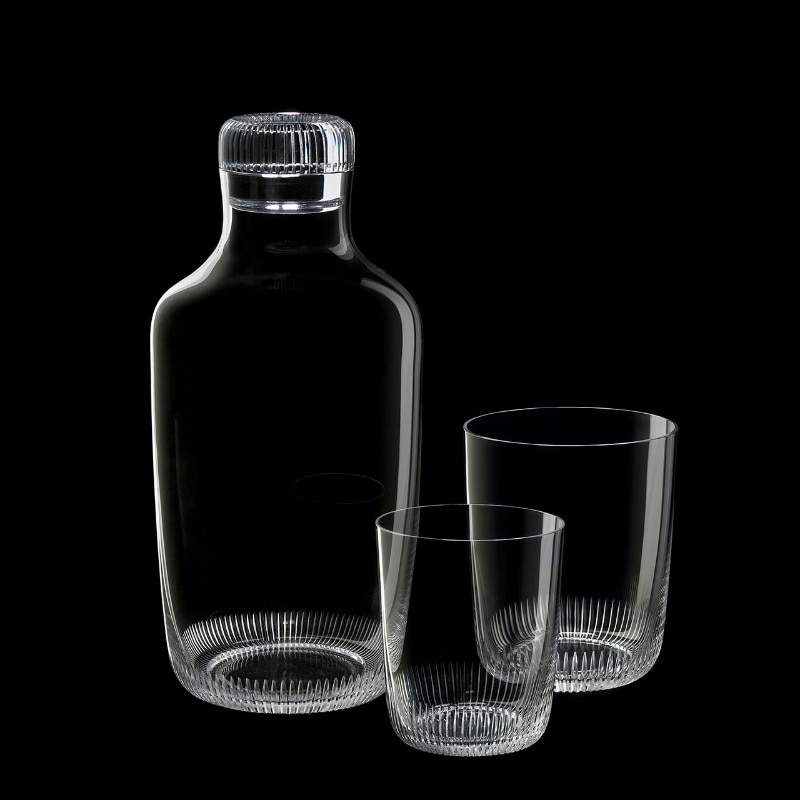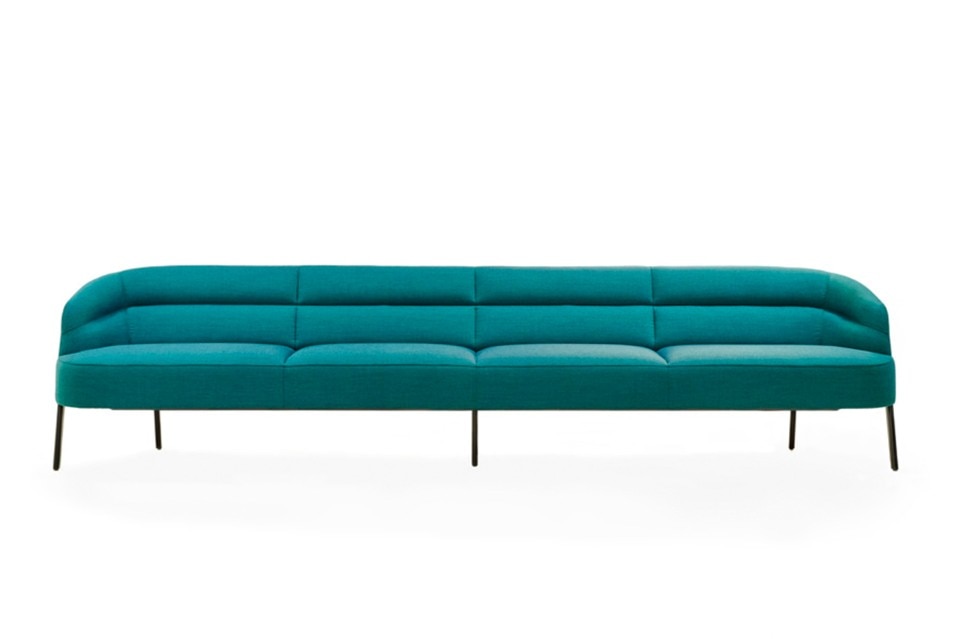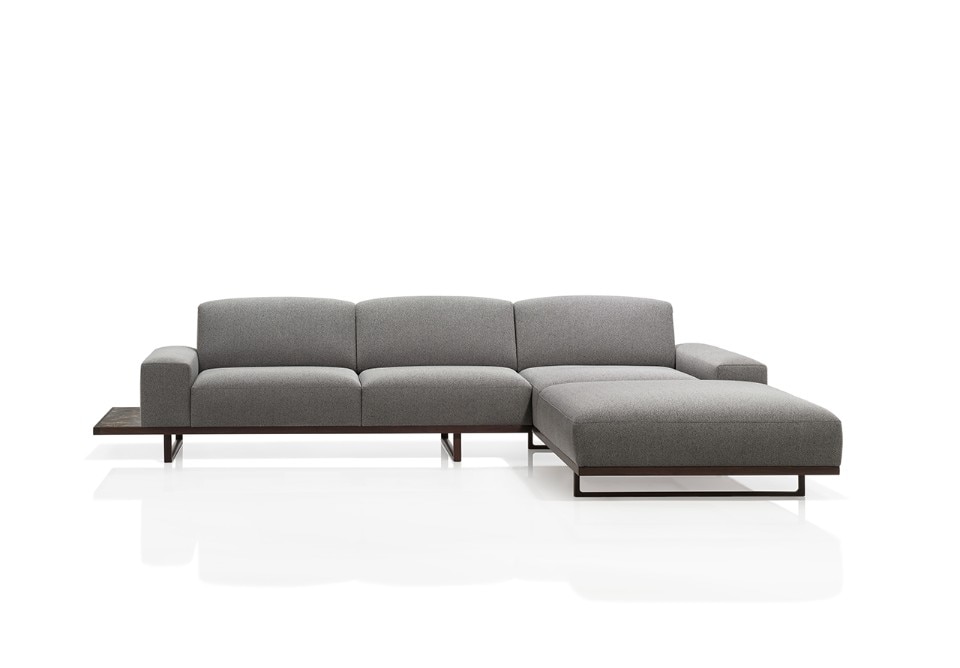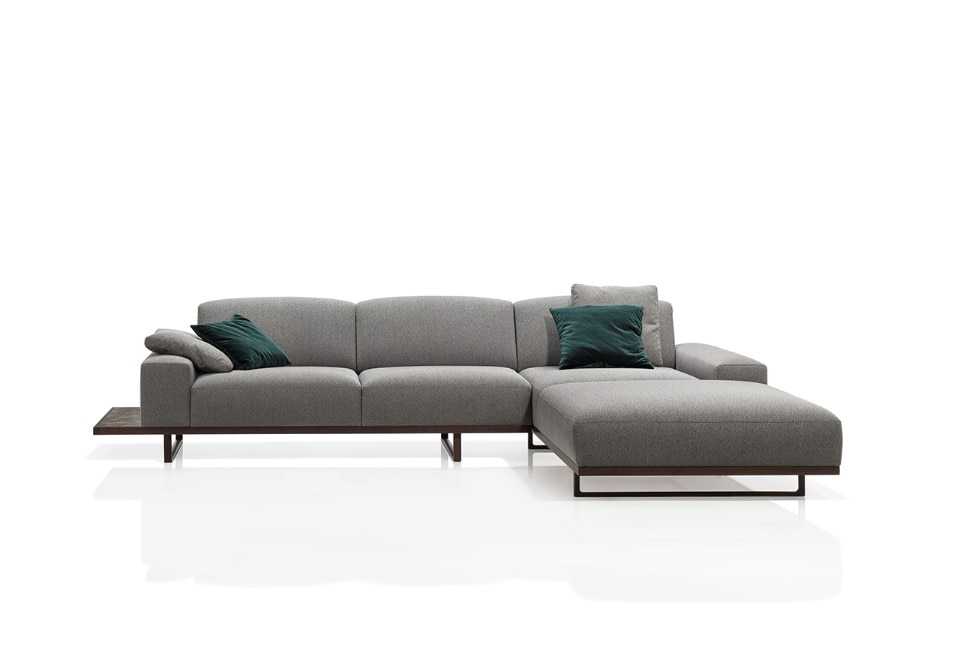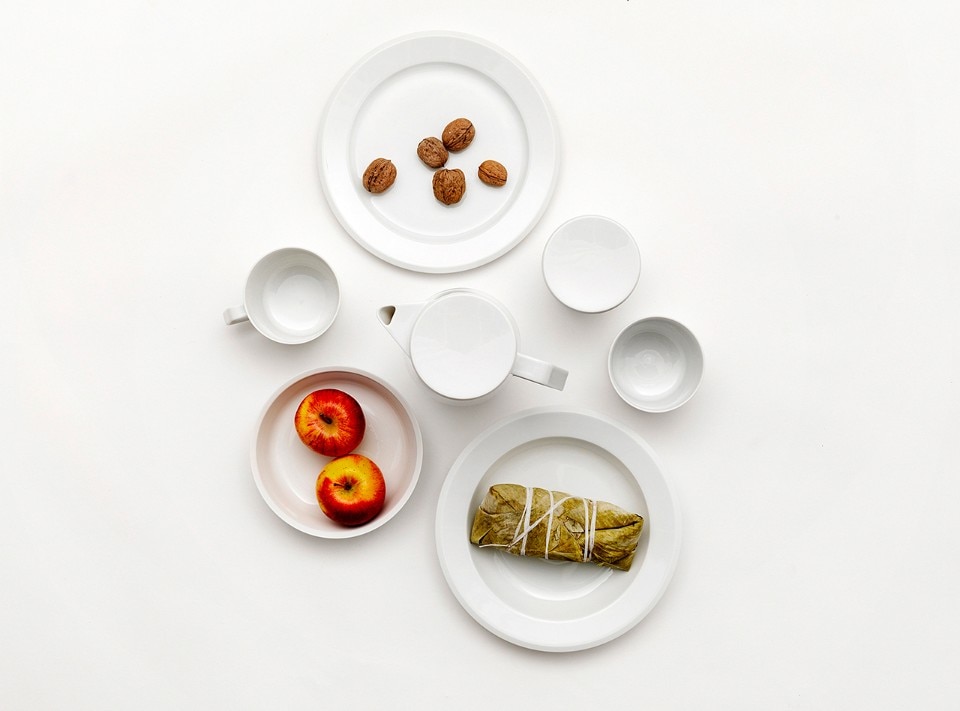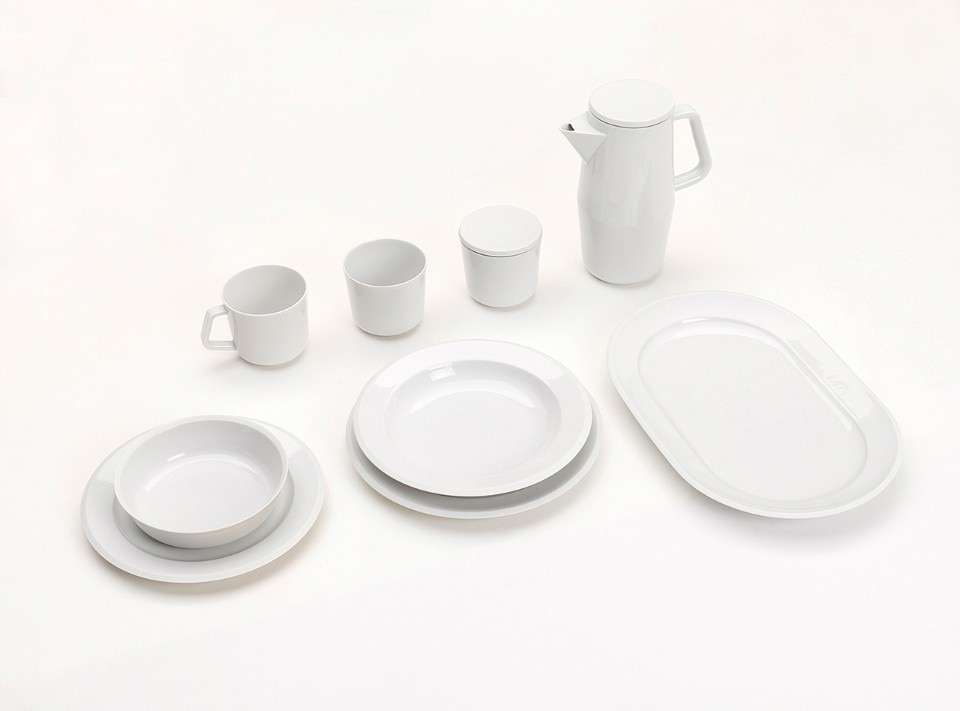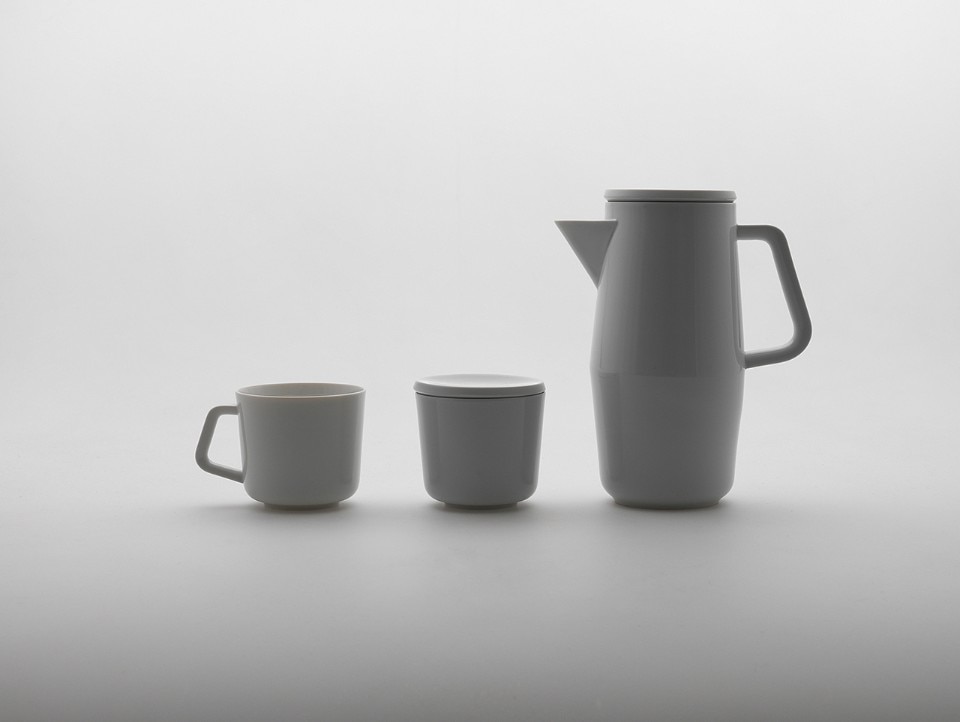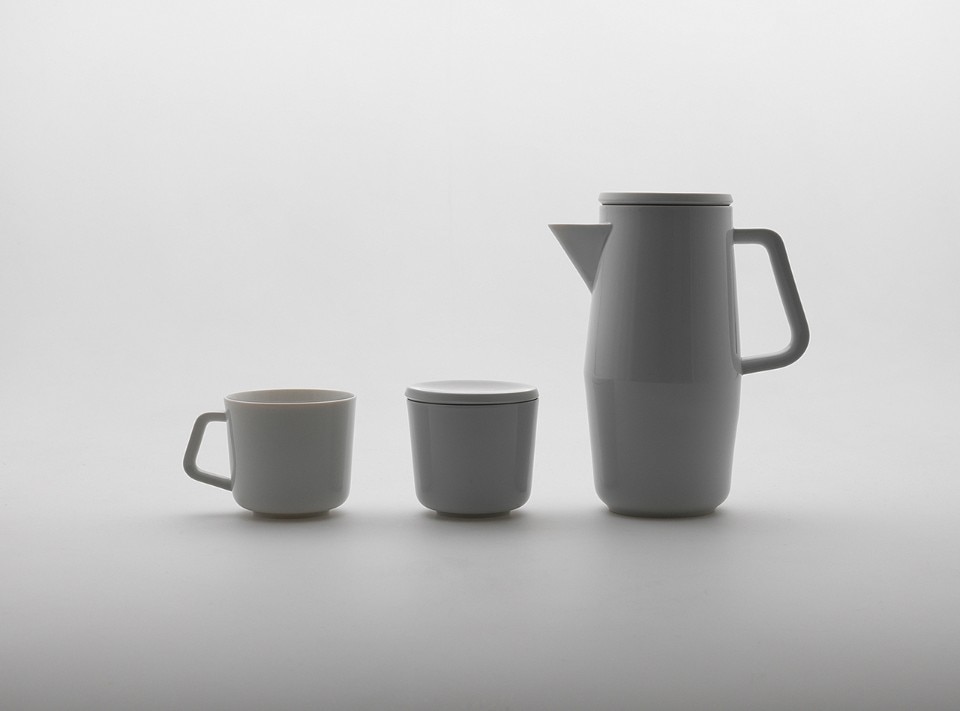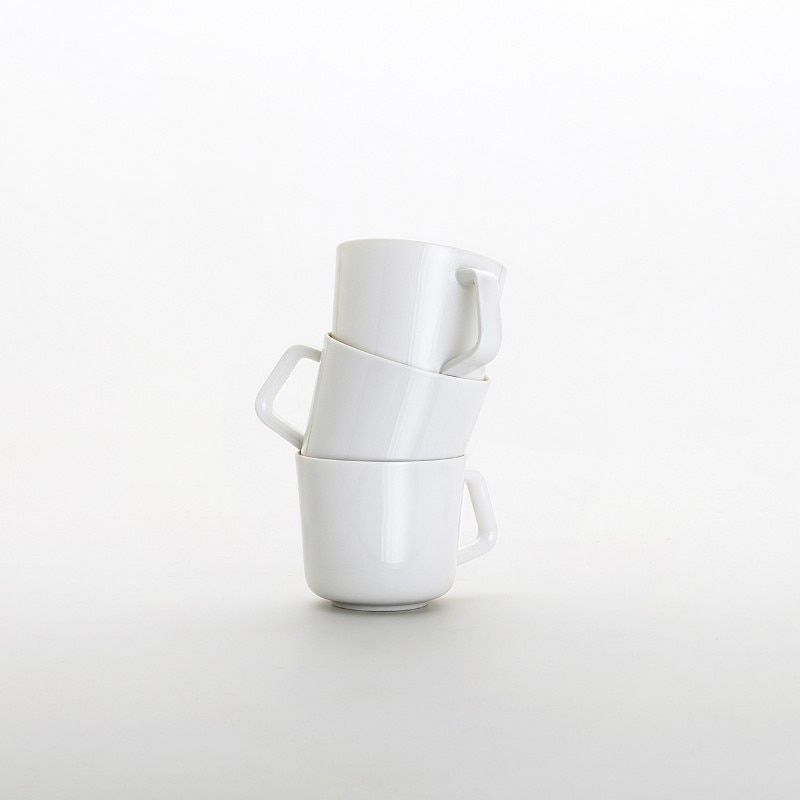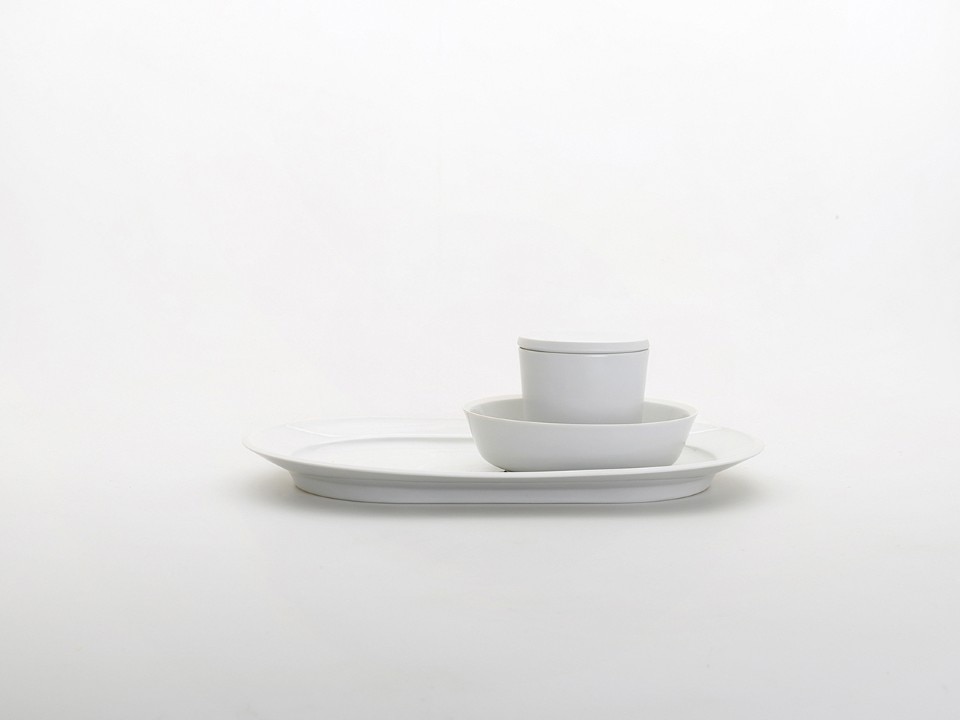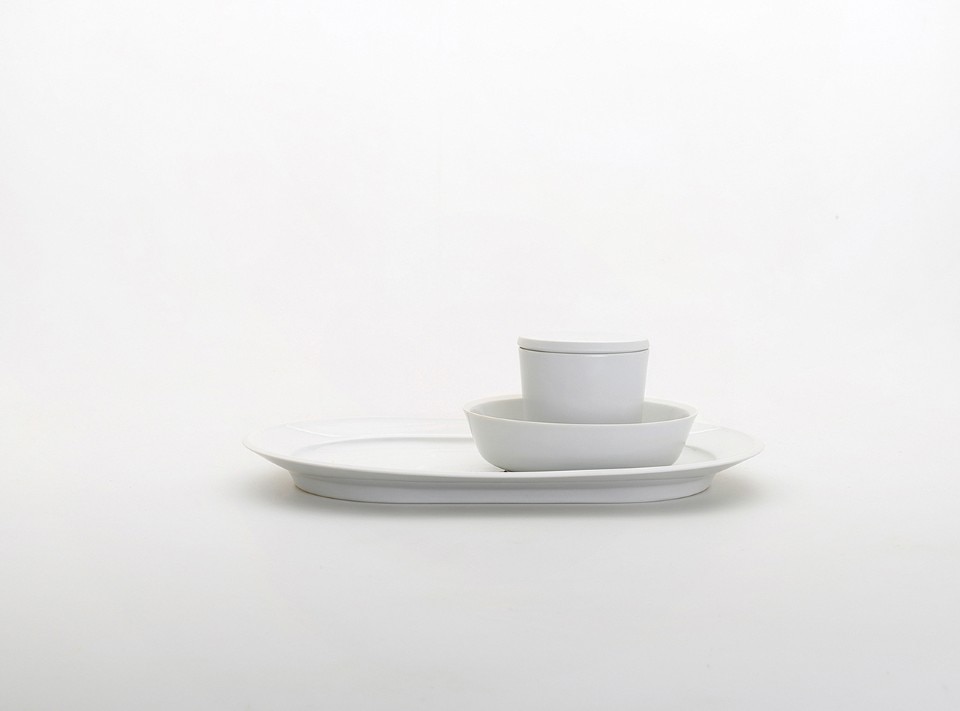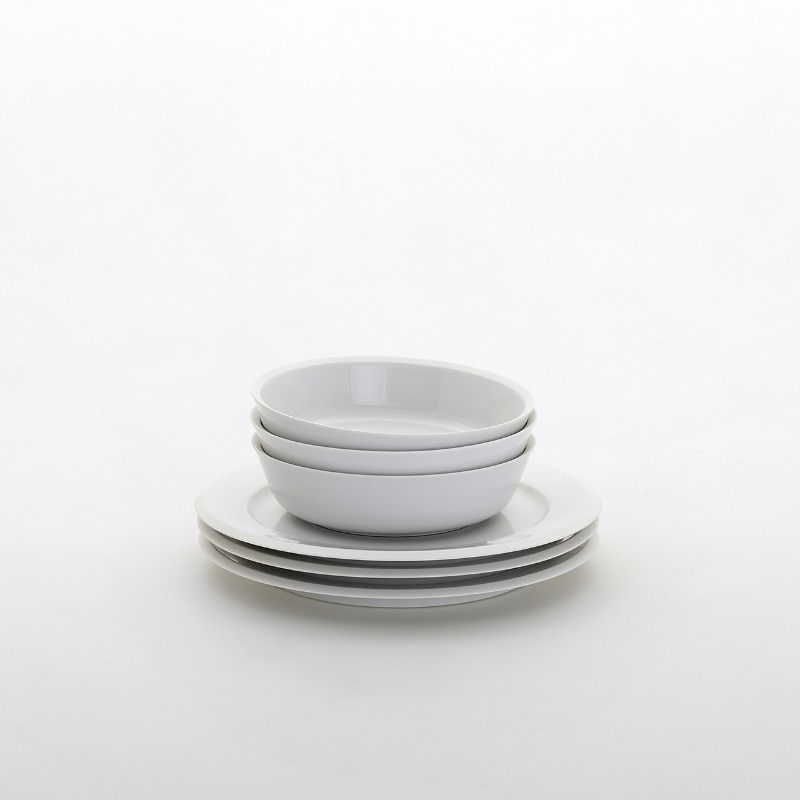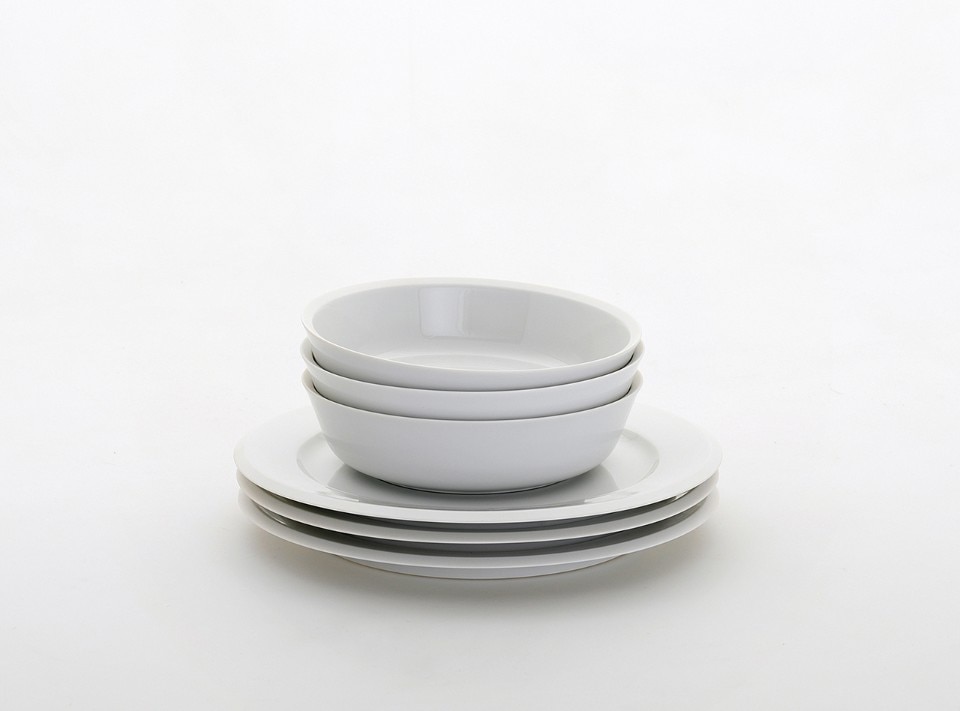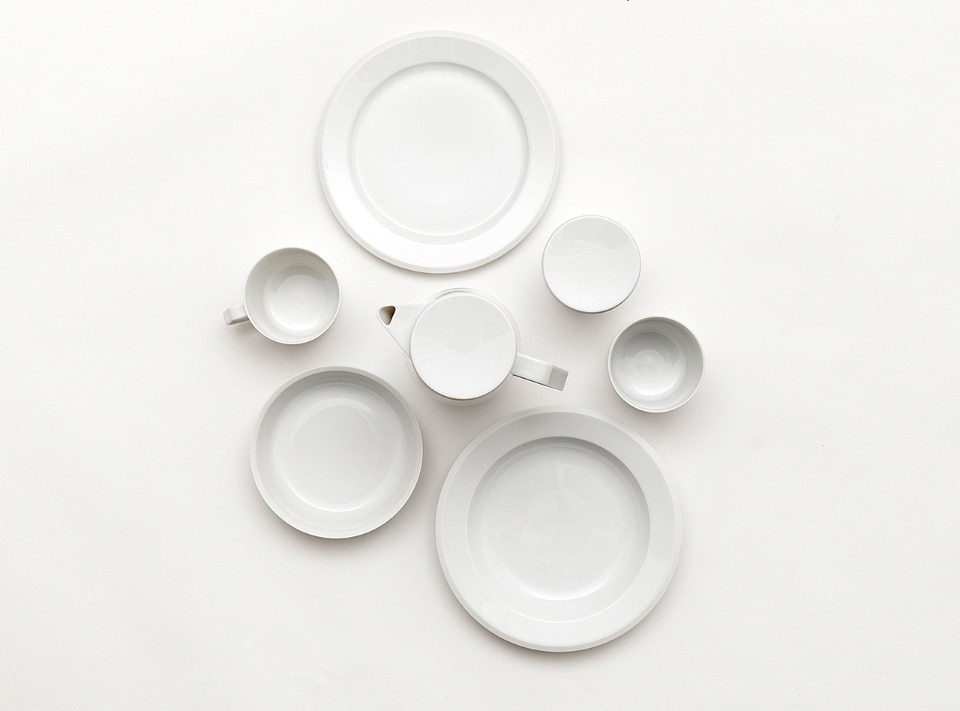An Italian born in Merano (1976), Marco Dessì understands design as a continuous interchange between past and present – and so between past, present and future. Even a seemingly boring object like a radiator takes on an unexpected fascination in his hands. Dessì is interested most of all in the different possibilities involved in the development of a product, in trying to find a formal language both unusual and personal. Though able to adapt to clients’ requirements, Dessì always retains balance and precision in his design work, leaving space for a narrative element too. He tells Domus how.
Maria Cristina Didero: How did you get started?
Marco Dessì: I came to design late, when I was 25, and almost by chance. When I was 16 I became an apprentice dental technician in Merano, in Alto Adige, where I was born and grew up. I finished my studies but then got tired of working in the lab in Merano – I decided to move to Vienna to see if there were other opportunities there for working and studying. I started out in an artisan workshop that made models for architects and designers. It was my first contact with this world. I then decided to enrol at the University of Applied Arts in Vienna to study design. It’s a discipline that makes connections between different fields – and so it continues to evolve. This is what fascinated me the most. It’s a tool for connecting with people and understanding specific situations through their designs.
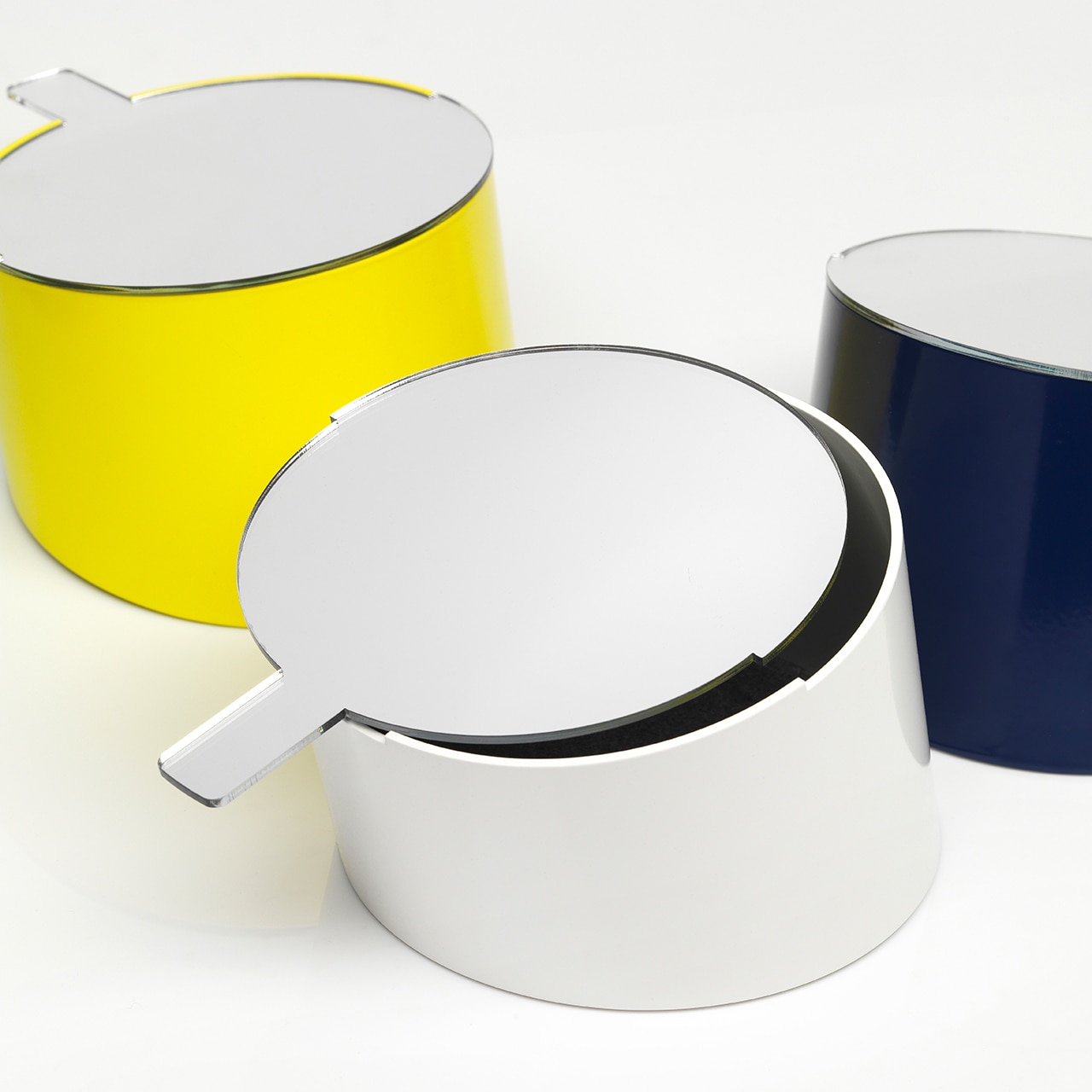
 View gallery
View gallery
What does design mean for you?
For me, design above all means finding solutions to a specific problem.
How would you define your approach to design?
My approach is closely linked to the professional setting. Usually, I try to open a dialogue with all the people involved in a specific project. I like to find a balance between the functions of the materials and the contrasts between them. Technically, I think that my design work is a fusion of craftsmanship and new technology. I always start with a blank sheet of paper and then develop my ideas using scale models. I take these apart and reassemble them in different combinations until I’m satisfied – sometimes it comes easily and naturally, sometimes it’s more tiring. I try to find timeless solutions and create a product in the context of past-present-future – in other words, outside the cycles and expectations of the market, which change every two to three years. This is my idea of sustainability.
Tell us more about how you ended up in Vienna.
My professional training brought me here for two months every year, and so I started to get to know this beautiful city, which is where I still live and work. Once I’d finished my design studies, I started work for Lobmeyr. My work involved digitising all the drawings in their archive. I developed a passion for Viennese design and the city’s historic designers, from Loos to Hoffmann and so on.
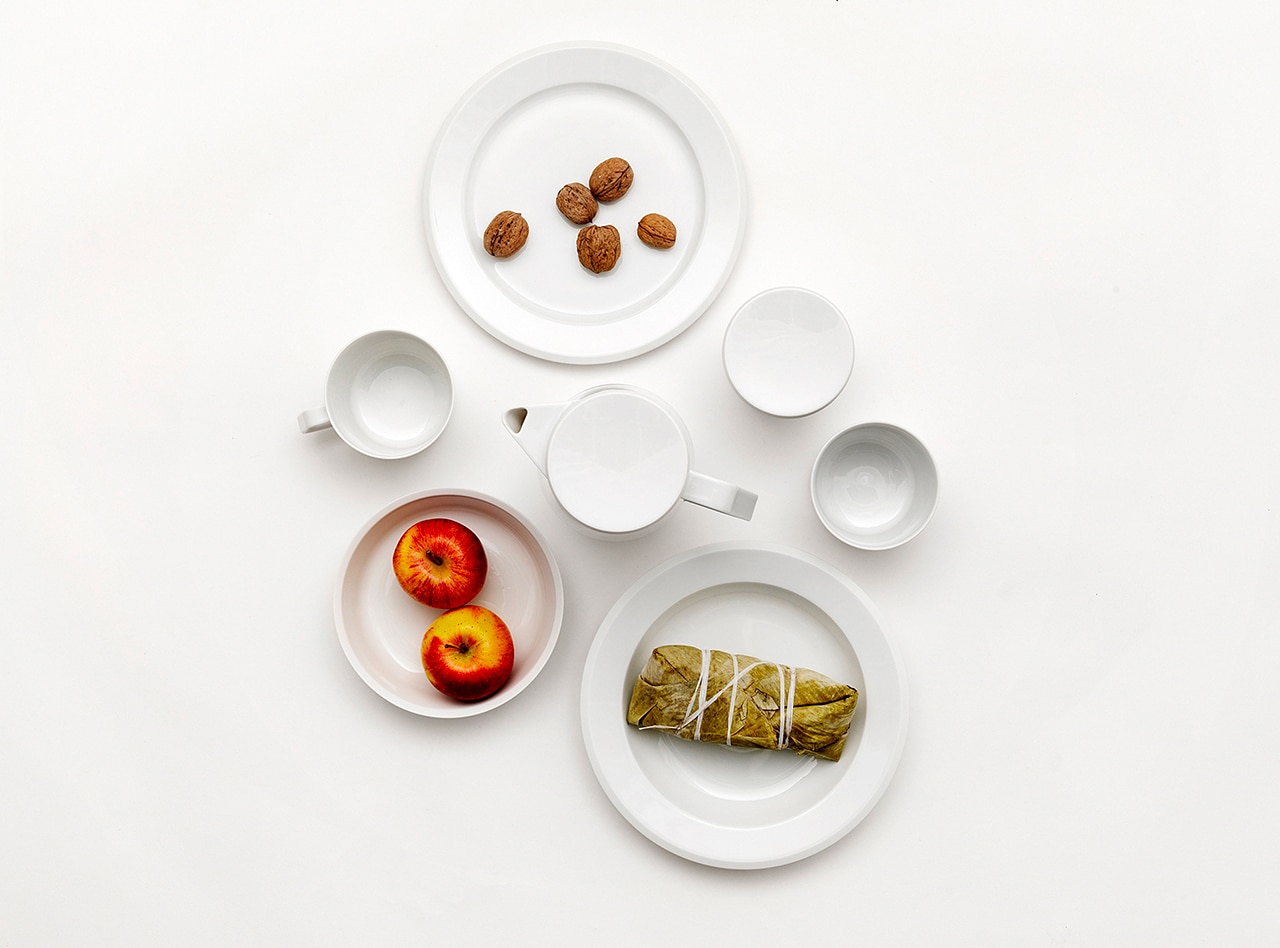
 View gallery
View gallery
We’re living through a period of crisis. What does design mean today and what are the prerequisites for good design?
The crisis is also an opportunity to free ourselves from designs that are all about appearance – the public is increasingly well-informed and we need to offer them real quality. Good design is characterised by the right balance between material, form and glamour. A well-designed object represents the contemporary expression of an idea but without straining at this: it has to be pared down to the fundamentals, tell a story and offer inspiration. It should find a precise niche and then maintain this in the face of the wealth of products that are churned out every year.
What has inspired you – both as a student and now?
When I was a student, I studied the Italian masters. I also like Konstantin Grcic very much. Gradually, as I worked, I developed my personal method – my inspiration often comes from other disciplines, such as architecture and graphic design. Fashion with its fast-paced rhythms provides many other ideas. The inspiration changes from project to project and often comes from the act of making something, from your own curiosity. The energy of my colleagues is also a great source of inspiration. They’re people who believe in what they’re doing – that gives you confidence and it’s inspiring, too.
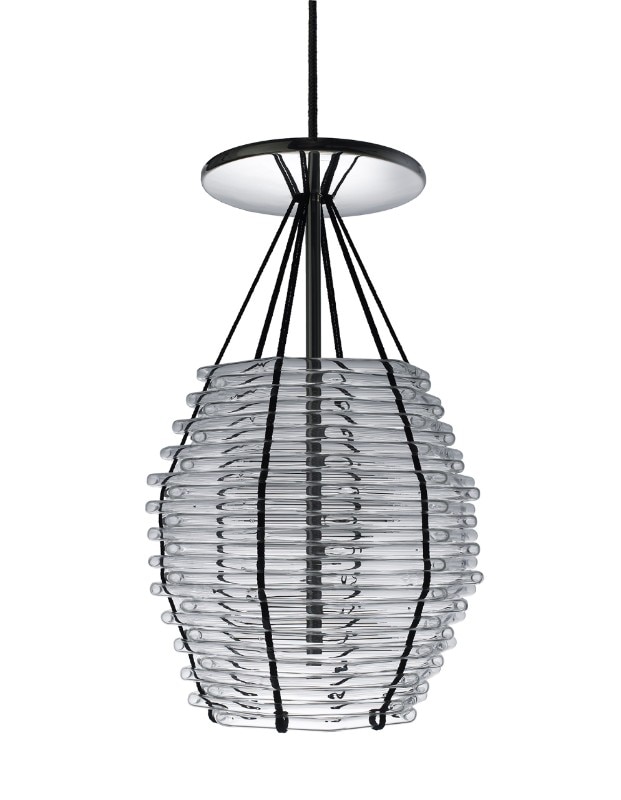
What are you passionate about, design apart? What do you do when you’re not working?
It depends on the intensity of my work and the stage I’m at with it. I have friends who collect records – I spend time with them listening to music and drinking wine. I try to make movement a regular part of life. I like walking in the mountains most of all. I relax by walking with no particular aim in mind. Vienna offers many cultural opportunities. The contemporary art scene is very active.
If you could go back, would you choose the same path?
Yes, I would. I have faith in the future, even if it’s a faith that’s regularly tested. Being a designer is a wonderful occupation and gives you huge satisfaction; the difficult part is knowing how to manage a studio. But I think that that applies to many careers that are chosen because people are passionate about them.
Your dream travel destination?
Brazil – for its mix of nature, architecture and people. I’d love to go there one day.


